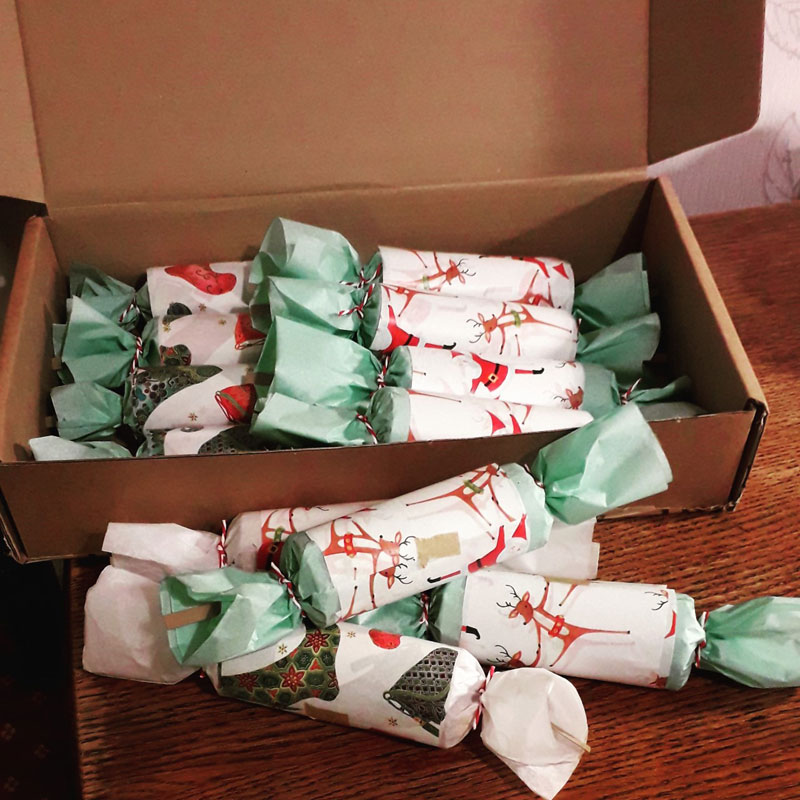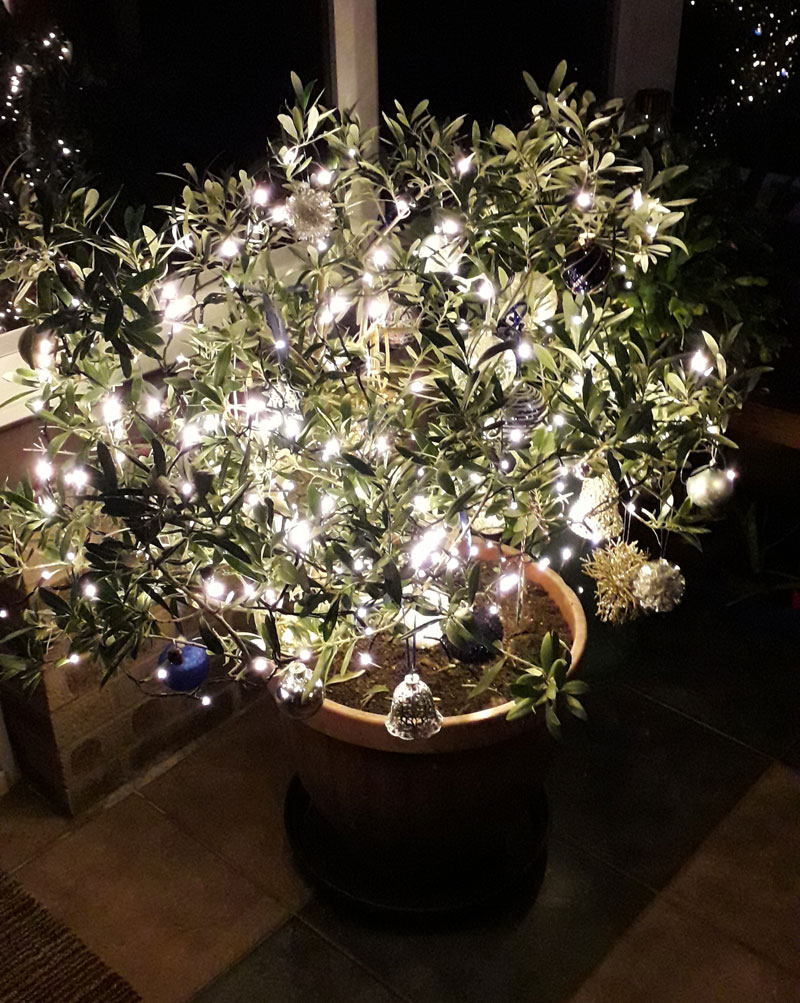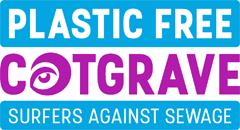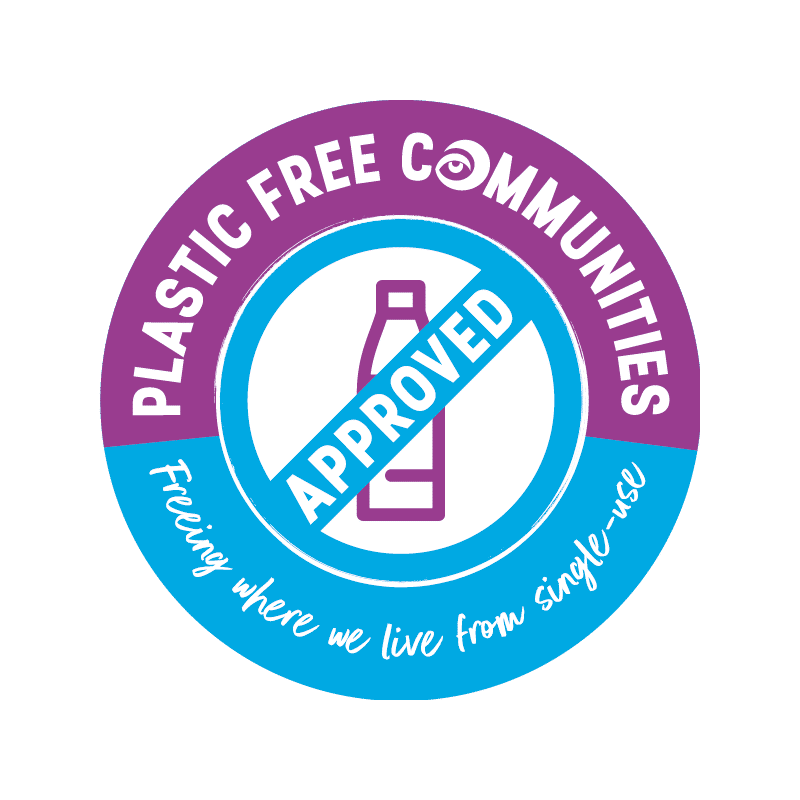A Plastic Free Christmas
The results of our Christmas Survey may be downloaded HERE
If we thought that Halloween with little or no single-use plastic was a challenge, then Christmas is even more so! As ever, it’s great to reduce plastic, even if it is well-near impossible to eliminate. Here are some ideas:
- a) Cards: If you are sending cards, choose them carefully – look out for ‘recycled card’, recyclable card and NO GLITTER (glitter is usually made from plastic and if so makes cards impossible to recycle). You might even consider sending fewer – or no – cards! Increasingly, people are using online cards retailers such as Jacquie Lawson ecards. Some people make a charitable donation.
- b) Presents: Consider wooden, woollen, cotton – all alternatives to plastics. Think about second-hand and repurposed presents (this is a way to put existing plastics to good use). Consider making your own presents eg pickles and chutneys, hand-sewn and knitted items, made with love. Or give an ‘experience’ or offer babysitting, gardening etc.
- c) Wrappings: Think about how you wrap presents: it is easy to check whether ‘paper’ really is paper: if it contains plastics, it will spring back when scrunched. Wrap in fabric (the Japanese art of Furoshiki). The fabric (eg a scarf) remains useful long after Christmas is over https://www.sustainablebabysteps.com/fabric-gift-wrap Brown paper is the best alternative – you can decorate with a stamp, add springs of greenery and herbs. Green garden string is re-usable and looks festive. Most sticky tape involves plastic, although there are paper-based alternatives.
- d) Crackers: A disaster area! You can, however make your own or buy from manufacturers who do not use plastic or include annoying and wasteful trinkets! These crackers were made using toilet roll middles and scraps of paper. Here are some more ideas: Make Your Own Christmas Crackers - How To Make Your Own Crackers (housebeautiful.com) You can also turn to Etsy for ideas (although many will not be plastic free).
- e) Trees: If you already have a plastic tree, it makes sense to keep using it. Natural trees obviously avoid plastic (although many are netted in plastic), but are not without a carbon footprint linked to transport. Do you have a tree in your garden or in a pot that can double-up as a Christmas tree? The one in the picture here is an olive tree, taken in for the winter. There are also tree-rental companies! https://www.thesun.co.uk/money/10385113/how-to-rent-christmas-trees/
- f) Decorations: Again, if you already have plastic decorations, then keep using them! If you need new ones, think about what you could make, repurpose or buy second-hand. https://pebblemag.com/magazine/living/diy-christmas-5-easy-and-ethical-decorations-to-make
- g) Food waste: Much of the food that will inevitably be wasted will have come on plastic trays or in plastic bags – think carefully about how much you need to buy this Christmas. https://www.food.gov.uk/news-alerts/news/reduce-food-waste-and-stay-safe-this-christmas Visit Plastic Free Chesterfield’s on You Tube to watch their recent virtual event ‘Plastic Free Christmas, with Ruth from ‘Ethical Consumer’ magazine: https://www.youtube.com/watch?v=2HiH7mKz0NY



Here are some more ideas from the Marine Conservation Society https://www.mcsuk.org/news/12-tips-plastic-free-christmas and Friends of the Earth https://friendsoftheearth.uk/plastics/top-tips-christmas-without-all-plastic (both from 2018)


